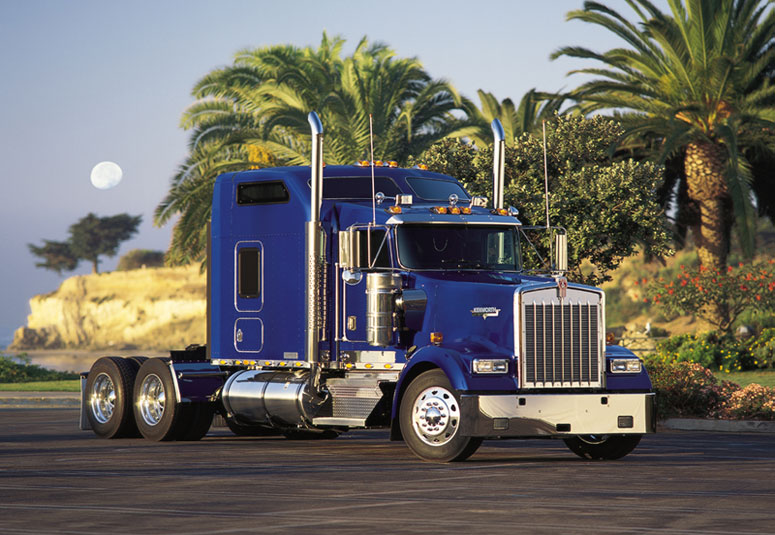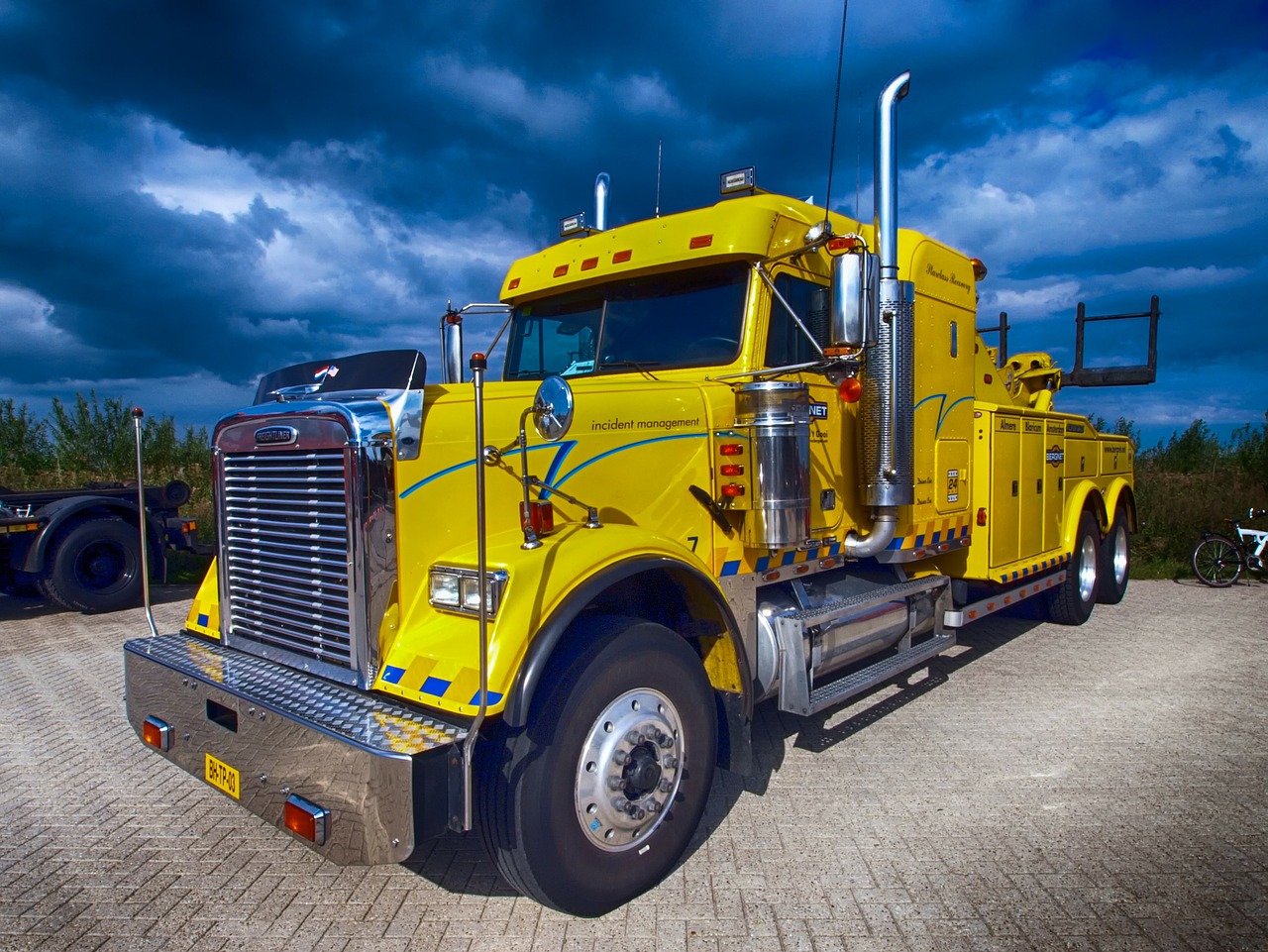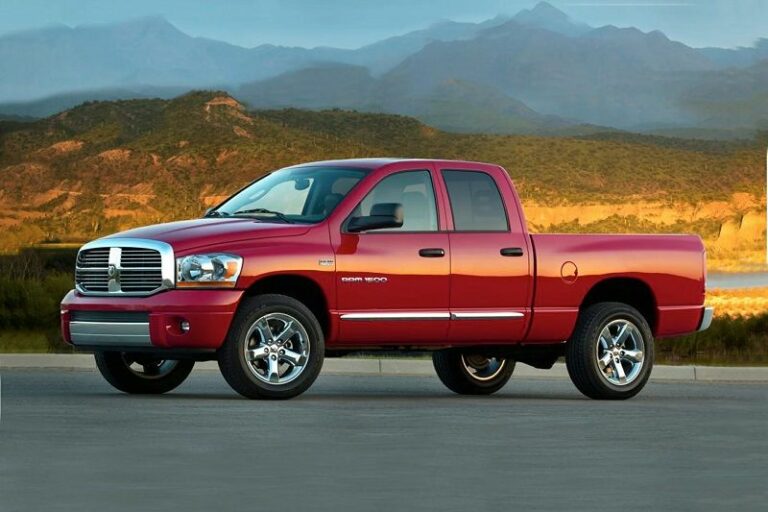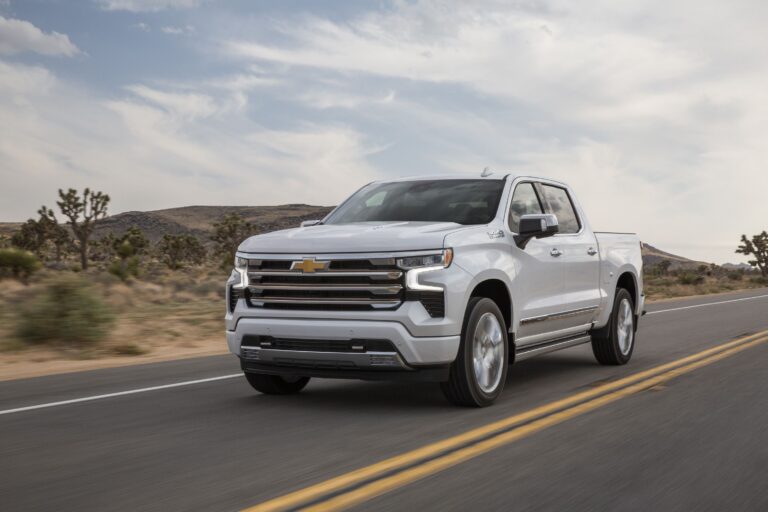Truck Caps By Size: A Comprehensive Guide to Perfect Fit and Functionality
Truck Caps By Size: A Comprehensive Guide to Perfect Fit and Functionality cars.truckstrend.com
In the world of pickup trucks, versatility is king. From hauling equipment for work to securing gear for a weekend adventure, a truck bed is an invaluable asset. However, to truly maximize its potential, many truck owners turn to truck caps – also known as camper shells, truck toppers, or canopies. These enclosed covers transform an open bed into a secure, weather-protected storage area, significantly expanding a truck’s utility. But the effectiveness and aesthetics of a truck cap hinge on one critical factor: size.
Understanding "Truck Caps By Size" isn’t just about knowing whether you have a short bed or a long bed; it’s about appreciating the nuanced dimensions, specific vehicle requirements, and the profound impact a precise fit has on performance, security, fuel efficiency, and overall satisfaction. A perfectly sized truck cap integrates seamlessly with your vehicle, enhancing its lines and functionality. A poorly sized one, however, can be an eyesore, compromise security, reduce fuel economy, and ultimately, be a costly mistake. This comprehensive guide will delve into everything you need to know about selecting the right truck cap by size, ensuring your investment truly elevates your truck ownership experience.
Truck Caps By Size: A Comprehensive Guide to Perfect Fit and Functionality
The Foundation: Understanding Truck Bed Dimensions
Before even thinking about cap styles or features, the absolute first step is to accurately measure your truck bed. Manufacturers design truck caps to fit specific makes, models, and years due to subtle variations in bed dimensions, rail profiles, and tailgate designs. Relying on generic terms like "short bed" or "long bed" isn’t enough; precision is paramount.
The three critical measurements for a truck cap are:
- Bed Length: This is measured along the top edge of the bed rails, from the bulkhead (the wall closest to the cab) to the inside edge of the tailgate. Be sure to measure the inside length, where the cap will sit.
- Bed Width: While typically more standardized across a given truck model, measuring the width at the front (near the cab) and the rear (near the tailgate) is wise, especially at the widest points of the bed rails.
- Cab Height (for Cab-High Caps): If you desire a cap that is flush with the truck’s cab roofline, you’ll need to know the height of your cab from the top of the bed rail. This ensures a streamlined, factory-integrated look.

Why Accuracy Matters: Even a slight discrepancy of an inch or less can result in an improper seal, leading to water leaks, dust intrusion, compromised security, and an unsightly gap or overhang.
Navigating Truck Cap Styles by Size and Function
Beyond the absolute dimensions of your truck bed, truck caps themselves come in various "sizes" or profiles, each designed to serve different purposes and aesthetic preferences. These profiles directly influence the usable cargo volume and the truck’s overall silhouette.

Cab-High Caps: These are the most popular choice, designed to match the height of your truck’s cab.
- Benefits: Offer a sleek, integrated look, excellent aerodynamics for better fuel efficiency, and sufficient protected storage for most everyday needs, tools, or recreational gear. They maintain rear visibility and don’t significantly alter the truck’s center of gravity.
- Ideal For: Daily drivers, light recreational use, professionals needing secure but not voluminous storage.

-
Mid-Rise Caps: As the name suggests, these caps rise slightly above the cab’s roofline, typically 2-6 inches taller.
- Benefits: Provide a noticeable increase in interior cargo volume compared to cab-high models, making them ideal for carrying bulkier items that might not fit under a cab-high cap. They still maintain a relatively streamlined appearance.
- Ideal For: Campers, weekend adventurers, contractors needing extra vertical space for equipment, or anyone who frequently transports taller items.
-
High-Rise (Wedge or Commercial) Caps: These caps offer the maximum possible interior volume, rising significantly above the cab and often tapering towards the front.
- Benefits: Unmatched cargo capacity, perfect for commercial applications (e.g., electricians, plumbers, landscapers) requiring ample storage for tools and supplies, or for serious campers/overlanders who need to stand up or store large, oddly shaped items.
- Ideal For: Commercial fleets, heavy-duty recreational use, building custom sleeping platforms or mobile workshops.
-
Custom Fit vs. Universal Fit: While "universal" caps might exist for very specific applications, the vast majority of quality truck caps are custom-fit for specific truck makes, models, and bed lengths. This ensures a precise seal, alignment with body lines, and proper mounting. Avoid generic "universal" options for optimal performance and longevity.
Benefits of Proper Sizing
Investing in a properly sized truck cap offers a multitude of advantages:
- Superior Protection: A snug fit prevents water, dust, and debris from entering the bed, safeguarding your cargo from the elements.
- Enhanced Security: A precisely fitted cap, combined with secure locking mechanisms, creates a formidable barrier against theft, protecting valuable tools, equipment, or personal belongings.
- Improved Aerodynamics and Fuel Efficiency: A well-matched, cab-high cap can actually improve your truck’s aerodynamics by smoothing airflow over the bed, potentially leading to a slight increase in fuel economy compared to an open bed. Even mid-rise caps, if designed well, can be aerodynamically efficient.
- Aesthetic Integration: A cap that perfectly matches your truck’s lines and proportions looks like an original part of the vehicle, enhancing its overall appearance and potentially its resale value.
- Maximized Usable Space: A correctly sized cap ensures that every cubic inch of your truck bed is usable and accessible, without unnecessary gaps or awkward protrusions.
- Reduced Wear and Tear: A proper fit distributes weight evenly and prevents stress points, prolonging the life of both the cap and your truck bed rails.
How to Measure Your Truck Bed for a Cap: A Step-by-Step Guide
While a reputable dealer will often verify measurements, knowing how to measure your truck bed accurately is crucial for making an informed purchase.
- Prepare Your Bed: Remove any existing toolboxes, cross-bed storage, or non-factory bed rail covers that might interfere with the cap’s fit. A spray-in bedliner is usually fine, but drop-in liners can sometimes cause issues if they extend over the bed rails.
- Measure Bed Length:
- Use a sturdy tape measure.
- Place the end of the tape measure firmly against the inside of the bulkhead (the front wall of the bed, closest to the cab).
- Extend the tape measure straight back to the inside edge of the top of your tailgate.
- Record this measurement in inches. It’s often helpful to measure both on the driver’s and passenger’s side, as slight manufacturing tolerances can exist.
- Measure Bed Width:
- Measure the width of the bed rails from outside edge to outside edge, near the front (just behind the cab).
- Measure again near the rear (just in front of the tailgate).
- Record both measurements. While often similar, variations can occur.
- Measure Cab Height (for Cab-High Fit):
- If you want a cap that’s flush with your cab, measure from the top of your truck bed rail straight up to the highest point of your cab roof. Be precise, especially if your cab has a slight curve or antenna.
- Note Your Truck’s Details:
- Make: (e.g., Ford, Chevrolet, Ram, Toyota)
- Model: (e.g., F-150, Silverado 1500, Ram 2500, Tacoma)
- Year: (e.g., 2023, 2018)
- Cab Style: (e.g., Regular Cab, Extended Cab/Quad Cab, Crew Cab/Double Cab) – While the cap fits the bed, the cab style can influence the overall truck configuration that the cap manufacturer uses for their fitment charts.
- Bed Type: (e.g., Fleetside/Styleside, Stepside/Flareside) – Most modern trucks are Fleetside.
- Any Aftermarket Accessories: Specifically, bed rail caps, toolboxes, or cargo management systems that sit on or above the bed rails. These can interfere with the cap’s clamping system or overall fit.
Practical Tip: Always double-check your measurements. When in doubt, consult with a professional truck cap dealer. They have detailed fitment guides from manufacturers and can often take the exact measurements needed.
Important Considerations Beyond Basic Dimensions
While the primary measurements are crucial, several other factors influence the "size" and fit of your truck cap:
- Truck Make, Model, and Year Specificity: This cannot be stressed enough. A 2020 F-150 short bed cap will not fit a 2020 Ram 1500 short bed, even if the bed lengths are identical. Each manufacturer designs caps with unique molds to perfectly match the contours, angles, and tailgate designs of specific truck models.
- Bed Rail Protectors/Liners: Factory-installed or aftermarket bed rail caps can sometimes alter the effective width or provide a surface that isn’t ideal for clamping. Ensure your measurements account for these.
- Tailgate Style: Some caps are designed for trucks with specific tailgate features, like integrated spoilers or step systems.
- Desired Functionality: Are you planning to mount a roof rack? Carry specific tall items? Sleep in the back? Your intended use will dictate whether a cab-high, mid-rise, or high-rise cap is the "right size" for your needs, regardless of bed dimensions.
- Weight Distribution: A larger, heavier cap, especially if loaded, can affect your truck’s handling, suspension, and fuel economy. Consider the cap’s material (fiberglass vs. aluminum) and its empty weight.
Challenges and Solutions
- Mismeasurement: The biggest challenge. Solution: Measure multiple times, use a steel tape measure, and consider having a professional verify.
- Compatibility Issues: Attempting to force a cap from one truck model onto another. Solution: Always verify compatibility with the cap manufacturer’s fitment guide or a knowledgeable dealer.
- Installation: While some DIY kits exist, professional installation ensures a proper, watertight seal and secure clamping, preventing damage to the truck or cap. Solution: Opt for professional installation, especially for the initial fitment.
- Resale Value: A cap that doesn’t fit your truck properly will have virtually no resale value. Solution: Buy the right size from the start.
Truck Cap Price Table By Size (Estimated Ranges)
Please note that these prices are estimates and can vary significantly based on:
- Brand: Premium brands (e.g., ARE, Leer, Snugtop) are more expensive.
- Material: Fiberglass is generally pricier than aluminum.
- Features: Windows, interior lights, carpeted headliners, roof racks, remote locking, vented side windows, custom paint matching, power locks, etc., all add to the cost.
- Region: Prices can vary by geographical location and dealer.
- Installation: Professional installation is usually an additional cost (often $150-$300).
| Cap Type/Size Category | Typical Bed Length (Approx.) | Key Features/Profile | Estimated Price Range (USD) |
|---|---|---|---|
| Cab-High (Short Bed) | 5′ – 5.5′ (e.g., Tacoma, F-150) | Streamlined, matches cab height, basic windows/lock | $1,800 – $3,000+ |
| Cab-High (Standard Bed) | 6′ – 6.5′ (e.g., Silverado, Ram) | Streamlined, matches cab height, basic windows/lock | $1,900 – $3,200+ |
| Cab-High (Long Bed) | 8′ (e.g., F-250, Sierra HD) | Streamlined, matches cab height, basic windows/lock | $2,100 – $3,500+ |
| Mid-Rise (Short/Standard) | 5′ – 6.5′ | 2-6 inches above cab, increased cargo volume, basic features | $2,200 – $3,800+ |
| Mid-Rise (Long Bed) | 8′ | 2-6 inches above cab, increased cargo volume, basic features | $2,500 – $4,200+ |
| High-Rise/Commercial | All Bed Lengths | Maximum vertical cargo space, often utilitarian, some windows/doors | $2,800 – $5,000+ |
| Premium Features Add-On | N/A | Carpeted interior, power lock, roof racks, LED lighting, custom paint | Add $300 – $1,500+ |
Frequently Asked Questions (FAQ) about Truck Caps By Size
Q1: Can I use a truck cap from a different make/model truck if the bed length is the same?
A1: Almost certainly not. Truck caps are molded to the exact contours of specific truck makes, models, and years. Even if the bed length is identical, the width, bed rail profile, and tailgate design will differ, preventing a proper fit and seal.
Q2: Will a truck cap affect my truck’s fuel economy?
A2: A well-fitted, cab-high truck cap can actually slightly improve fuel economy by reducing aerodynamic drag compared to an open truck bed. Mid-rise and high-rise caps may have a neutral or slightly negative impact, depending on their design and the truck’s aerodynamics.
Q3: How do I know if I have a short bed, standard bed, or long bed?
A3: Measure your truck bed’s interior length from the bulkhead to the tailgate. Common approximate lengths are:
- Short Bed: 5 feet to 5.5 feet
- Standard Bed: 6 feet to 6.5 feet
- Long Bed: 8 feet
However, always refer to your truck’s owner’s manual or specification sheet for exact factory dimensions, as these can vary slightly by manufacturer and year.
Q4: Is professional installation necessary for a truck cap?
A4: While some individuals perform DIY installations, professional installation is highly recommended. Experts ensure proper sealing against water and dust, secure clamping to prevent movement, correct wiring for lights/locks, and overall safety, protecting both your truck and your investment.
Q5: What are truck caps typically made from?
A5: The two most common materials are:
- Fiberglass: Offers a smooth, paintable finish that can be matched to your truck’s color, providing an integrated, automotive look. It’s durable and strong.
- Aluminum: Often more utilitarian, lighter weight, and typically less expensive. It’s common for commercial or work caps due to its ruggedness.
Q6: Can I transfer my truck cap to a new truck if I upgrade?
A6: Only if the new truck is the exact same make, model, and year (or within a compatible generation) as your old truck, and has the same bed length and configuration. Otherwise, the cap will not fit correctly. Truck caps are a highly vehicle-specific accessory.
Conclusion
The decision to add a truck cap is an excellent one for expanding your truck’s utility, protection, and security. However, the true value of this addition is inextricably linked to choosing the right "Truck Caps By Size." From understanding your truck’s precise bed dimensions to selecting a cap profile that aligns with your functional needs and aesthetic preferences, every measurement and consideration plays a vital role.
By taking the time to accurately measure, researching manufacturer-specific fits, and considering the nuances of cab-high, mid-rise, or high-rise designs, you ensure a perfect integration that not only looks great but also performs flawlessly. A properly sized truck cap is more than just an accessory; it’s an investment that enhances your truck’s capabilities, protects your cargo, and ultimately, elevates your entire truck ownership experience.






